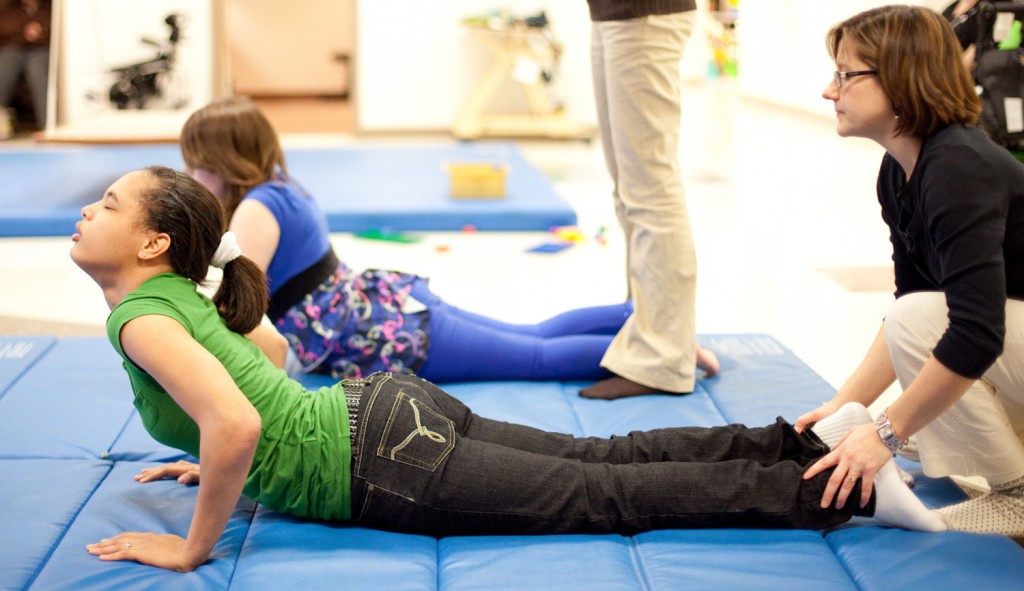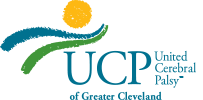September 21, 2011
by: Renee Canfield
Yoga and Therapy
 The therapists at UCP are constantly researching and testing new techniques and modalities to improve therapeutic outcomes for the children that participate in UCP therapy. Over the last few years, UCP has began to actively promote overall health and wellness as an essential compliment to therapy. One of the more exciting complimentary techniques during the last two years has been incorporating yoga into sessions, especially for school-aged children.
The therapists at UCP are constantly researching and testing new techniques and modalities to improve therapeutic outcomes for the children that participate in UCP therapy. Over the last few years, UCP has began to actively promote overall health and wellness as an essential compliment to therapy. One of the more exciting complimentary techniques during the last two years has been incorporating yoga into sessions, especially for school-aged children.
UCP therapists integrate yoga into therapy in a spontaneous, imaginative way that makes it fun for kids, rather than “exercise.” You can often hear singing while a child is performing a pose or a cat meowing as they “become” the pose. Therapists choose yoga poses carefully to integrate muscle groups that they are trying to lengthen and strengthen during therapy.
Yoga is wonderful way for a child to learn to care for and condition their bodies as well as interact with their peers without the stress of competition. It also prepares the body well for more rigorous therapy, such as Steps to Independence sessions, through stretching and breathing exercises.
Yoga has been shown to enhance age-appropriate gross motor skill acquisition and guide each child to find their own inner peace and serenity. Benefits include a host of health and wellness results such as increased strength and flexibility, greater body awareness, improved self-esteem and confidence, increased concentration and memory, stretching and realignment of the spine, improved muscle tone, greater range of movement and coordination, relaxation, better sleeping, strengthened immune system and central nervous system, enhanced cognitive and motor skills, better communication skills, emotional balance and weight management.
Yogo sessions focus on asanas (yoga poses) conscious breath, relaxation and concentration. The asanas help condition the muscles and bring balance to the physical body with flexibility and strength. Breathing exercises help a child learn to regulate their emotions and stress level – some breathing exercises calm you down; others wake you up. Yoga promotes good concentration because the child is encouraged to focus only on the pose they are doing, putting other thoughts aside.
While traditional therapy methods focus on specific goals pertaining to a child’s development, the benefits of yoga extend beyond that by targeting the total body and mind. Yoga can easily be practiced with the entire family creating a fun and bonding experience. If you are interested in pursuing yoga as a family*, check out these local yoga studios at http://www.yogacleveland.com/. You can also speak with your child’s therapist about resources for practicing yoga at home.
*Remember to consult your child’s therapist and pediatrician before starting a yoga program.
Ms. Becky Ravas, UCP Physical Therapist provide input to this post.

Leave a Reply